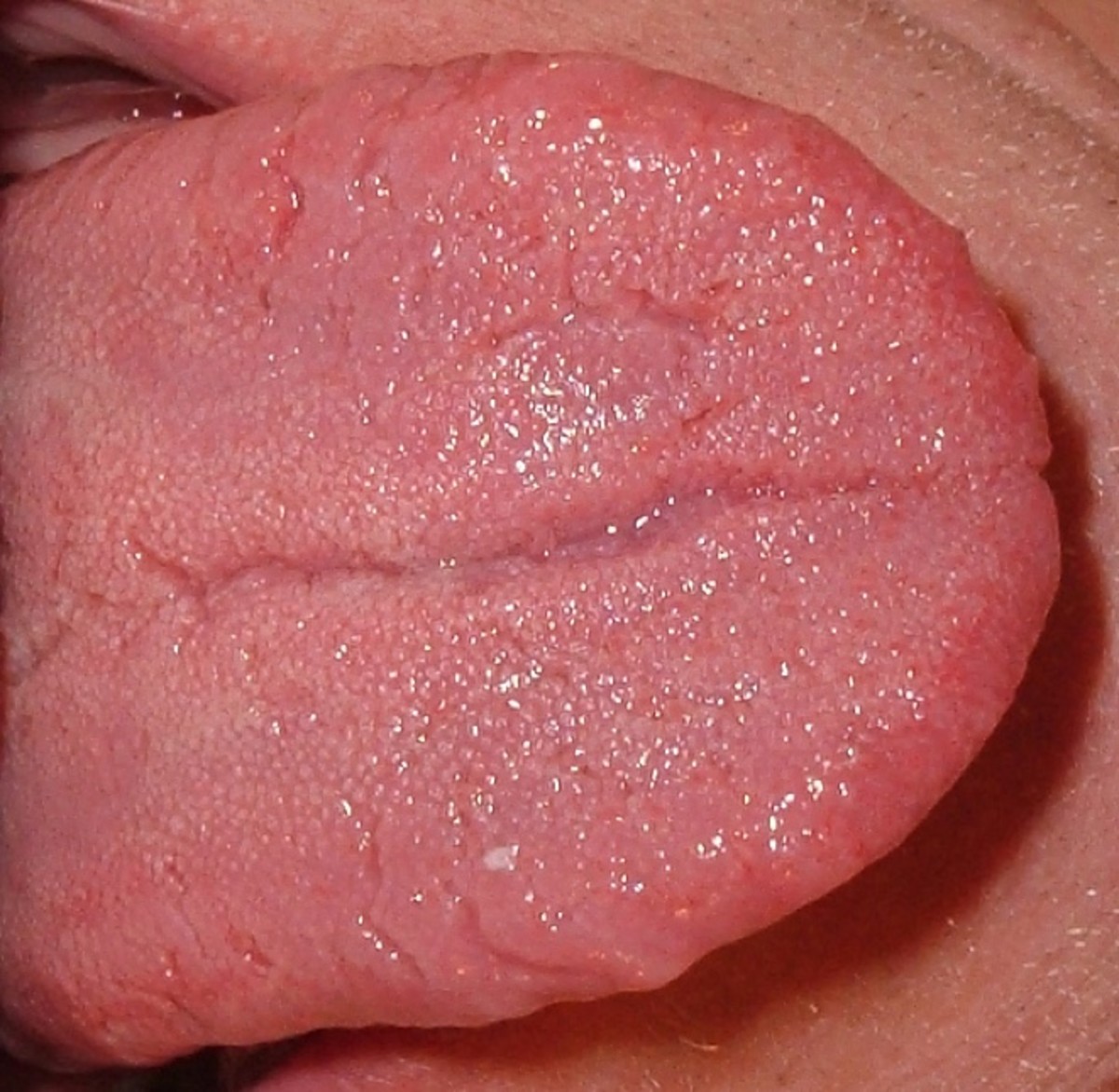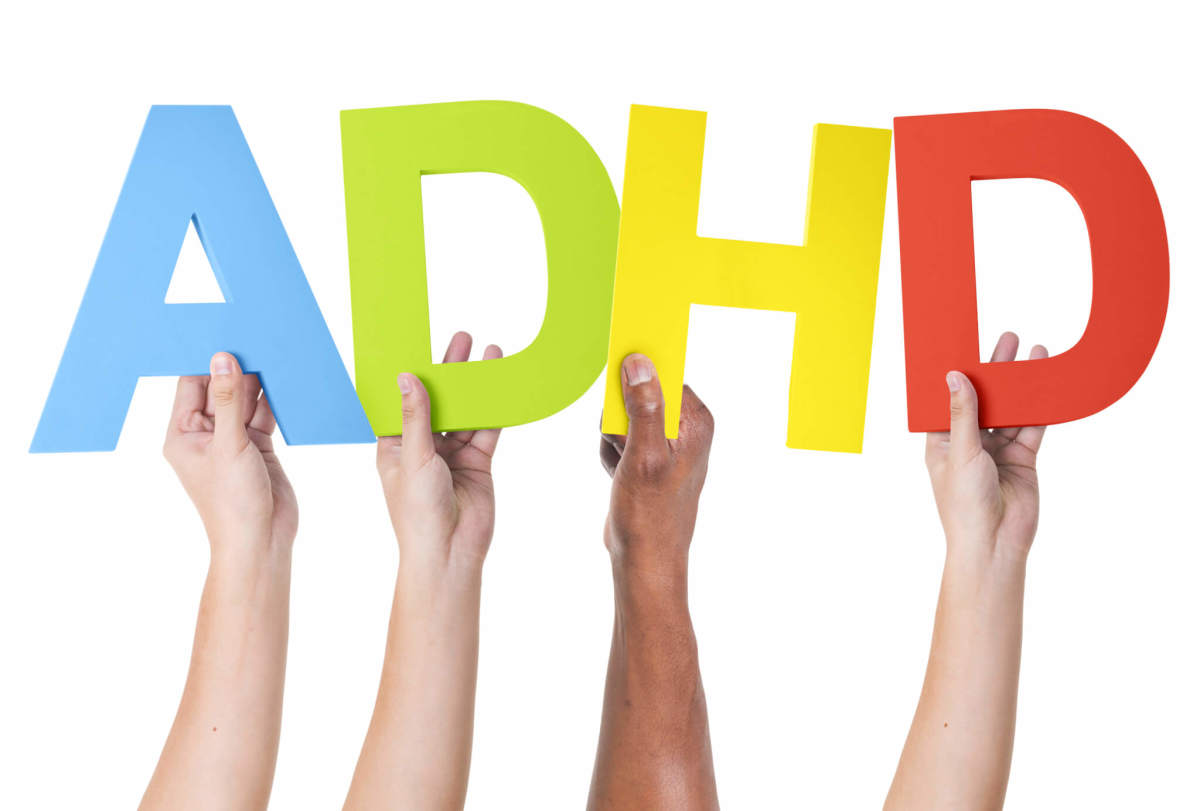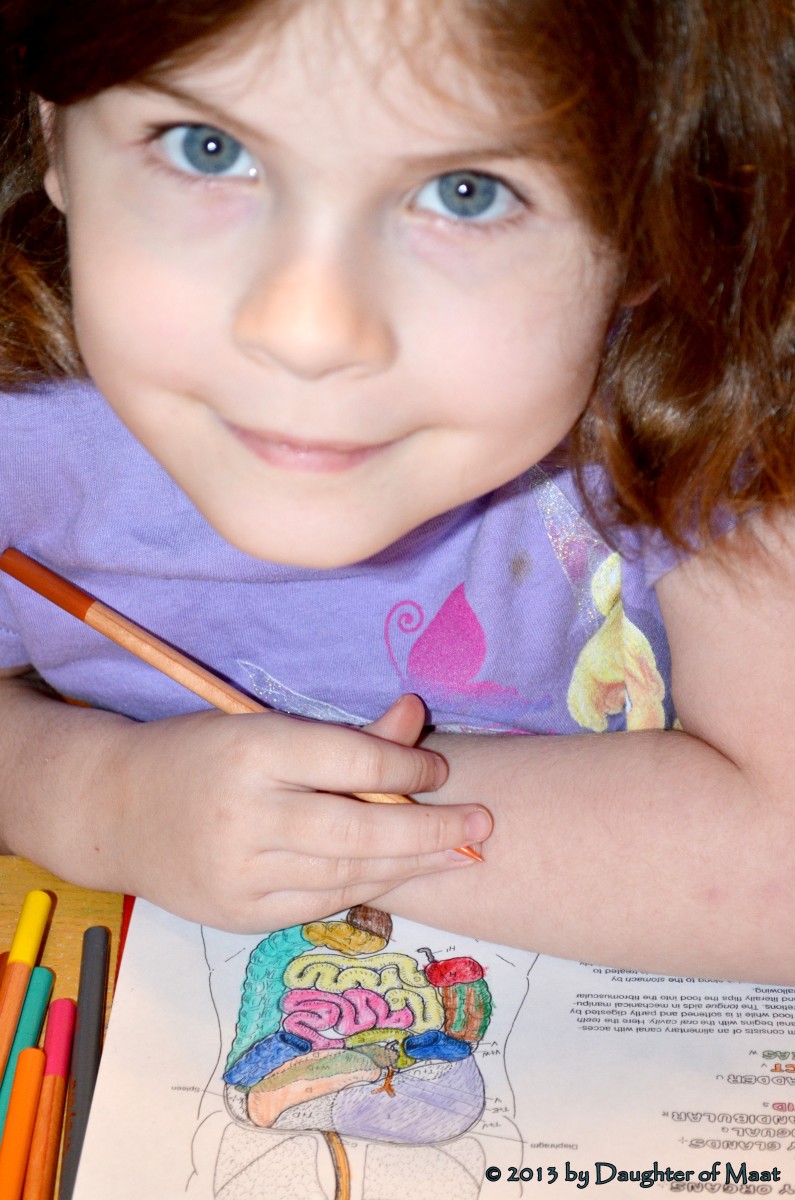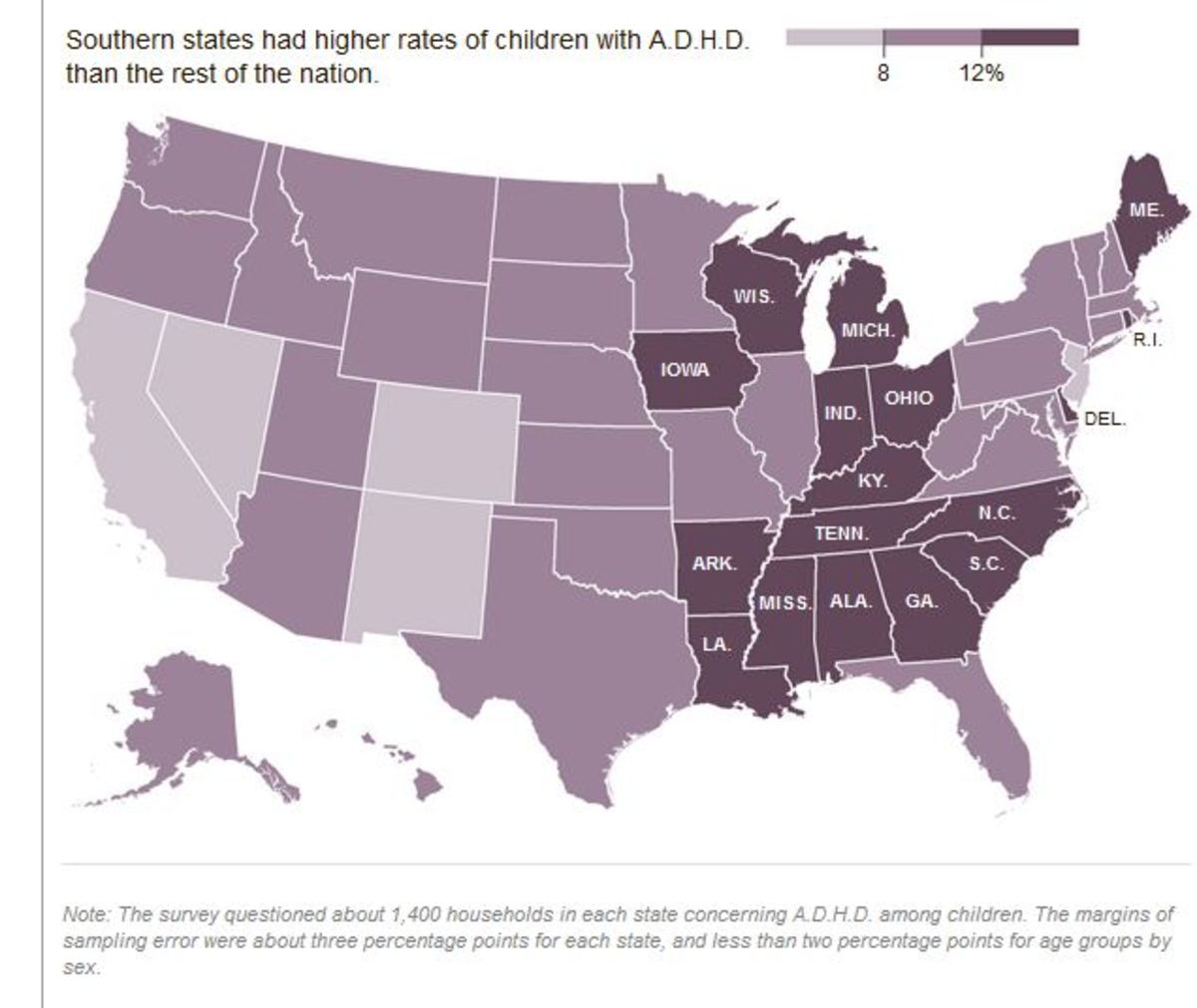What Causes ADHD in Children?
The question of what causes ADHD in children and adults has never been satisfactorily answered. There are a lot of possible reasons why this disruptive and sometimes debilitating disorder might appear, but no study has yet been able to definitively pinpoint just one. Despite the lack of medical consensus on the disorder, however, there are a few generalizations we can make about most people with the disorder. Studying these commonalities could lead to finding out what causes ADHD in children in the long run.
Demographic Factors
While it's possible for almost anyone to get ADHD, there's a good chance that genes influence it to some degree. For instance, boys are about three times more likely to be identified as ADHD suffers as girls, though the number of adults with the disorder has a more equal sex ratio. The close relatives of ADHD sufferers are about five times more likely to have the disorder themselves. Siblings have about a 30 percent chance of sharing the disorder, while identical twins have an even higher likelihood of developing ADHD.
Sensitivities and Deficiencies
People who suffer from ADHD are more likely to have food sensitivities and other problems than much of the "normal" population. For instance, some studies have shown that ADHD kids who received additives like artificial coloring in their diets are more likely to have severe symptoms than kids who didn't. Other studies have implicated refined sugars and other simple carbohydrates.
Deficiencies may be a problem, too. It's possible that ADHD sufferers need more omega-3 fatty acids in their diets than people who don't have this issue. Consumption of large amounts of fish oil have been documented to help some children pay better attention and control impulsive behaviors. Vitamin supplementation or use of herbal remedies can help other people.
Environmental Factors
Some elements in the environment could make a child more likely to develop ADHD. For instance, some studies suggest that mothers who drink alcohol while pregnant or smoke cigarettes may be more likely to have children with behavior and attention problems. There are also indicators that lead might be a factor, since preschoolers who are exposed to lead paint or lead in plumbing are more likely to have the problem.
Brain Function Changes
Some of the behavioral issues common in children with ADHD are also seen in people who have suffered from traumatic brain injuries. While only a very small percentage of the people who have ADHD have also had a traumatic injury to the brain, the similarities between the two conditions could lead to information about how ADHD brains are different.
Brain scan studies have shown that people who have ADHD actually have less activity in their brains than people who don't have the problem. This may seem to contradict the fact that they are often hyperactive physically, but it appears that the increased activity may be a method for providing stimulation that the brain isn't providing on its own. This is why stimulants work for some patients. The least active areas in ADHD patients tend to be the areas that control attention and physical activity levels.
Other Conditions
While ADHD is unlikely to be caused by other physical and mental conditions, it may be affected by some of the same factors. People who have this problem are also more likely than the general population to suffer from oppositional defiant disorder, learning disabilities, depression and anxiety.
While no one really knows why ADHD develops in children or adults, science does provide us with some of the potential risk factors, as well as some ways in which the disorder might be treated. Examining these factors could provide the key to finding out more, and potentially curing this problem.









